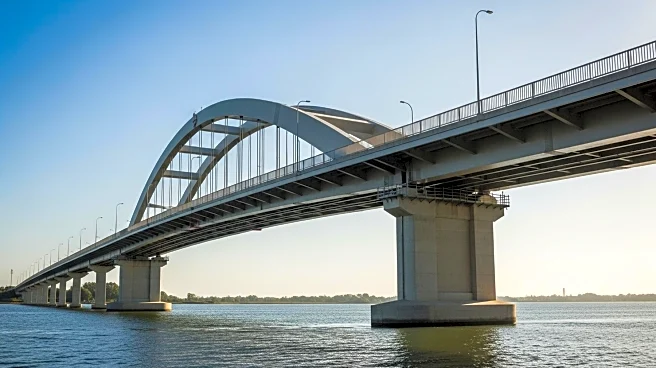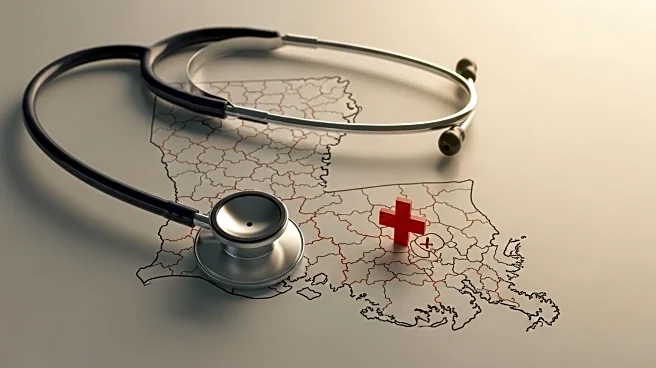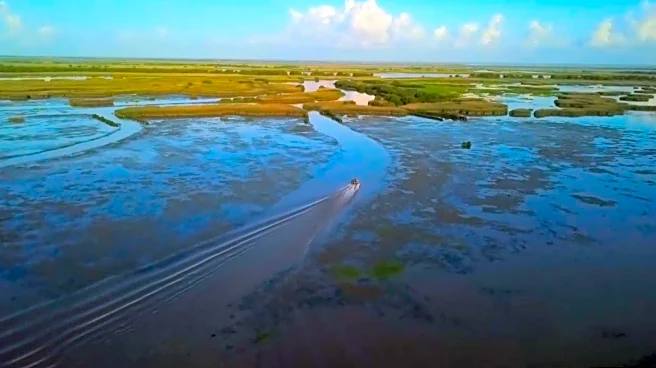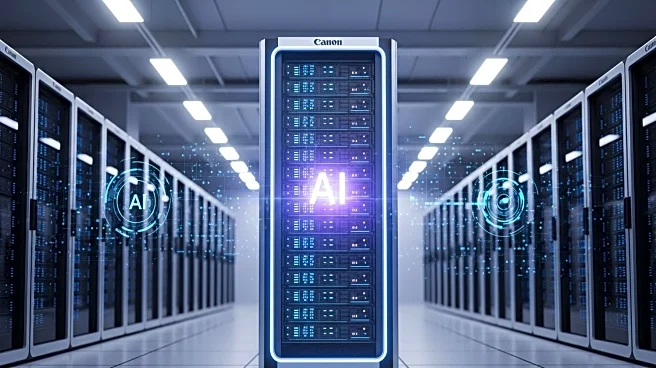What's Happening?
The Gulf Coast region, historically vulnerable to hurricanes and climate-related disruptions, is emerging as a model for resilient infrastructure and community-driven recovery strategies. Entergy's $37 billion grid modernization plan through 2028 is central to this transformation, with significant investments in Louisiana to upgrade distribution and transmission lines. These efforts are not only defensive but also catalysts for economic growth, creating jobs and attracting industries reliant on reliable power. Louisiana's economic diversification strategy is shifting from oil dependency to a portfolio of technology and clean energy, with initiatives like the Louisiana 100 Plan aiming to create 100,000 non-utility jobs by 2030. Nonprofit housing recovery programs are also playing a crucial role in building community resilience, addressing housing needs and fostering long-term stability.
Why It's Important?
The Gulf Coast's approach to infrastructure resilience offers a template for investors and policymakers. Entergy's grid projects demonstrate the profitability of infrastructure resilience, with high ROI and job multipliers. Louisiana's diversification into tech and clean energy shows how energy transitions can drive economic growth. Nonprofit housing initiatives highlight the role of social capital in post-crisis recovery. As climate risks escalate, markets prioritizing adaptive infrastructure and inclusive recovery are likely to outperform, making the Gulf Coast a harbinger of future opportunities.
What's Next?
Entergy's ongoing grid modernization efforts and Louisiana's economic diversification strategies are expected to continue driving growth and resilience in the region. The success of nonprofit housing recovery programs may lead to increased integration of social infrastructure in post-disaster planning. Investors and policymakers will likely monitor these developments closely, considering the Gulf Coast's experience as a model for resilience-driven growth.
Beyond the Headlines
The Gulf Coast's transformation highlights the importance of integrating social infrastructure—trust, collaboration, and community ties—into post-disaster planning. The region's experience underscores the need for equitable recovery efforts, particularly in historically disadvantaged communities. As climate risks continue to rise, the Gulf Coast's blend of energy innovation, economic diversification, and community-driven solutions may serve as a blueprint for other vulnerable regions.













